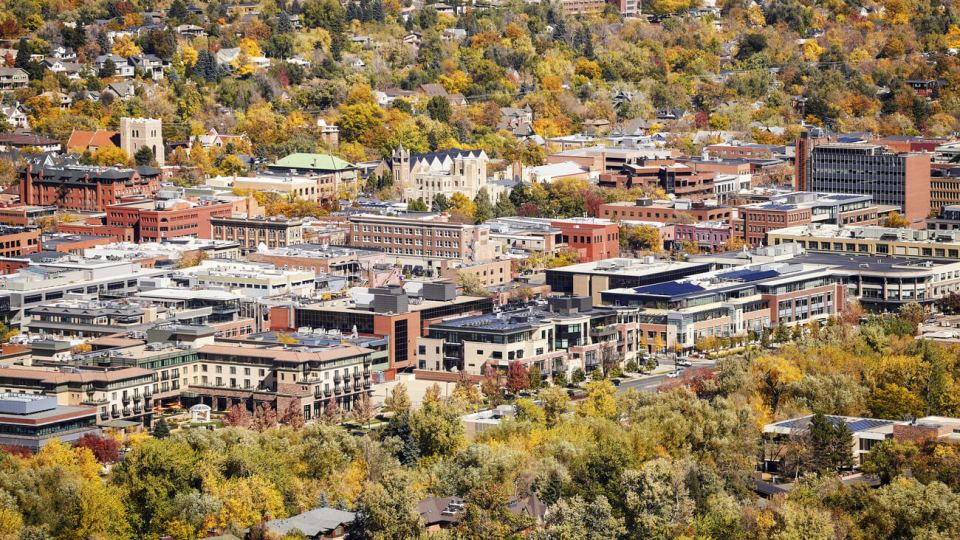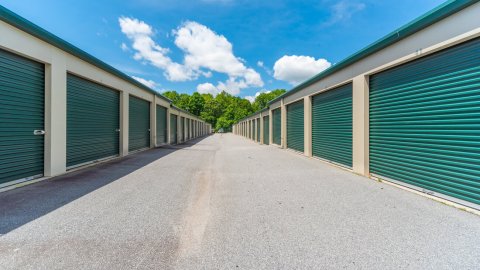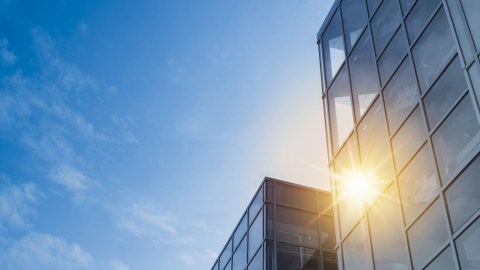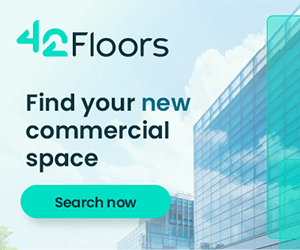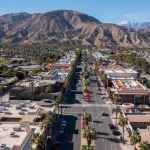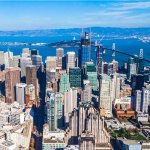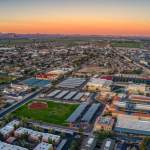Top Cutting-Edge U.S. Metros by Tech & Sustainable Growth
According to a recent study published by commercial real estate listing service CommercialCafe, despite Silicon Valley’s clout in the tech economy, the metro does not top the charts of cutting-edge smart metros in the U.S.
The ranking methodology for the analysis focused on several variables relevant to technologically advanced and sustainability-oriented urban development, such as the electric vehicle (EV) friendliness of local infrastructure, household broadband quality, the amount of LEED-certified construction, and the representation of green technology industries in local employment.
While metros that are generally regarded to be synonymous with tech — such as San Francisco and Silicon Valley — did make the list, rising contenders scored significantly better for some of the metrics considered and, as a result, garnered higher overall scores.
Colorado Snags Top Spot
Boulder topped the list with an overall score of 78.45 out of 100 points. The Colorado city appears to have been hard at work accommodating its recent population growth — roughly 11% in the city proper between 2010 and 2020. Here, investment in cutting-edge urban development has resulted in nearly 93% of residences having broadband access with speeds averaging 85 Mbps, as well as nearly 10% of residences having access to electric vehicle (EV) charging stations. In fact, at nearly 90 EV chargers per 100,000 residents, Boulder boasted the highest number per capita among the metros surveyed for the study. Notably, jobs in technology and green technology account for 16.47% of employment across the Boulder metropolitan area, and 20% of total businesses in the metro are startups.
Green Building Adoption Still a Sizeable Challenge
Naturally, sustainability-minded construction was a relevant aspect considered in the scoring of each metro analyzed. However, although a few cutting-edge metros have made notable progress and stand out significantly in this respect, there’s still a lot of ground to cover.
For instance, Washington, D.C. — designated in 2017 as the first LEED Platinum city — received the third-highest overall score on the list (62.99 of 100 points), behind Silicon Valley in second place with 71.07 points. In terms of individual metrics considered, Washington, D.C. earned all of the 10 points awarded for its 1,029 green living units per 100,000 residents. And, while this is far from 100%, it was still the highest among the locations analyzed for this study.
Likewise, Energy Star-rated buildings in the capital metropolitan area amount to roughly 25 per 100,000 residents, which placed Washington, D.C. second to only Boulder’s 31.48. For comparison, Silicon Valley scored eighth for this metric. But, it also landed in the top spot for green office buildings per 100,000 residents (10.6) — ahead of office space in Washington, D.C., which added up to nine LEED-certified buildings per 100,000 residents. Boulder came in fourth for this metric with 5.8 green office buildings per 100,000 metro residents. And, not to be outdone, San Francisco office space scored 7.97 out of 10 points for its 8.4 LEED-certified office buildings per 100,000 residents.
Read the full article for a detailed take on the 30 most cutting-edge cities in the U.S.

